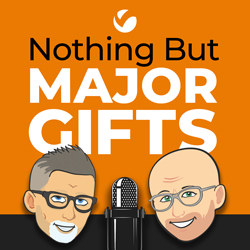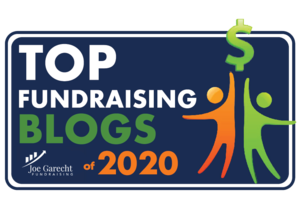Should you have a legacy society? Yes, you should. We are big fans of legacy societies because a legacy society delivers solid content and direction on the three pillars of a good planned giving program:
- Effective lead generation.
- Good solicitation practices.
- Meaningful stewardship.
Here’s what a good legacy society does for you:
- Helps identify bequest donors.
- Motivates people to self-identify an interest in planned gifts
- Provides a pool of future current donors both for planned giving and major gifts.
- Recognizes those donors who have made a planned giving commitment and helps you steward them properly. Remember, 40-50% of planned giving donors change their minds on their planned gift a few years before they pass. This is largely because they have not been stewarded properly.
- Supports other fundraising strategies, giving donors the option to be involved at an even greater level.
A legacy society works well for both an organization that is just beginning a planned giving program, and for those that already have a small, but dormant, legacy society. By starting or re-booting a legacy society, you can gather the names of those who have already made estate plan gifts to your organization, and those who are interested in doing so in the future plans. If you have an existing legacy society, you should also add those who told you in the past that they have made it in an estate plan gift.
A good legacy society makes sure those who have made a commitment feel effectively connected to the organization. Usually, this means a number of events for those who are members of the society, as well as interesting opportunities for meaningful interactions with the charity, such as special tours, contact with key staff, and recognition events and opportunities. A good legacy society has been thoughtfully constructed, including a well-chosen name, perks to be offered, and events and other in-person opportunities to interact with the members.
Legacy societies can be really effective at a local level, since donors tend to be geographically close, allowing stewardship opportunities to be easily accessible to the members of the society. A legacy society for a large organization, especially one with a national donor base, can be more challenging, but it’s just as important in terms of assuring that the estate plan donors feel a meaningful connection to the organization.
Rolling out a legacy society can often be accomplished similar to how you’d roll out a capital campaign. Key individuals should be approached early on to make commitments to join the society, and as you get more members of the organization to make a promise, you can use those assurances to begin the process of rolling out the society to your broader donor base. This can often be done in a charter membership drive, which has an end date, after which a celebratory event will take place.
Now, if you’re getting started, remember that huge numbers of charter members are not necessary for success in the creation of a new planned giving society. A relatively small number of initial members can be an effective start, as long as the organization makes a commitment to add new members every year thereafter. This should be part of your key performance indicators, by adding new members through direct solicitation for new planned gifts, as well as getting new members through marketing efforts.
As we said at the outset, a legacy society can help all three elements of a good planned giving program. It becomes something that is part of your marketing efforts which will allow people to self-identify through those efforts. It also becomes part of a planned gift proposal to donors: it becomes part of the motivation for individuals to make a new planned gift. Also, the legacy society then becomes the main vehicle through which good stewardship is affectively delivered.
As you are organizing or revamping your legacy society here are some key things to remember:
- Your legacy society needs an appropriate NAME.
- Your initial efforts may be a charter group. If so, promote that.
- You will need to identify the benefits and perks of your society.
- You will need to create a recognition plan.
- You will need an upgrading plan.
- And finally, you will need a stewardship plan.
Remember this, you must, in all of your planning, make sure you have strategies in place for acquiring planned giving donors, soliciting them, and then stewarding them once they have made a commitment.
Do this right and you will experience substantial relationship and economic benefits.
Robert Shafis with Richard Perry






I’ve lobbied for and worked with establishing Legacy societies with client organizations I’ve worked with. This posting is one of the most powerful arguments for establishing and supporting a Legacy society. Congratulations!
As I near the end of my career in Financial services, I look forward to continuing using the skills I’ve developed in philanthropic planning into my retirement and would welcome the oppportunity to learn more about your organization.
Thank you for your comment, we’re glad to hear you found the content so impactful! Feel free to reach out to Amy Chapman at achapman@veritusgroup.net if you’d like to learn more about Veritus and our planned giving services.